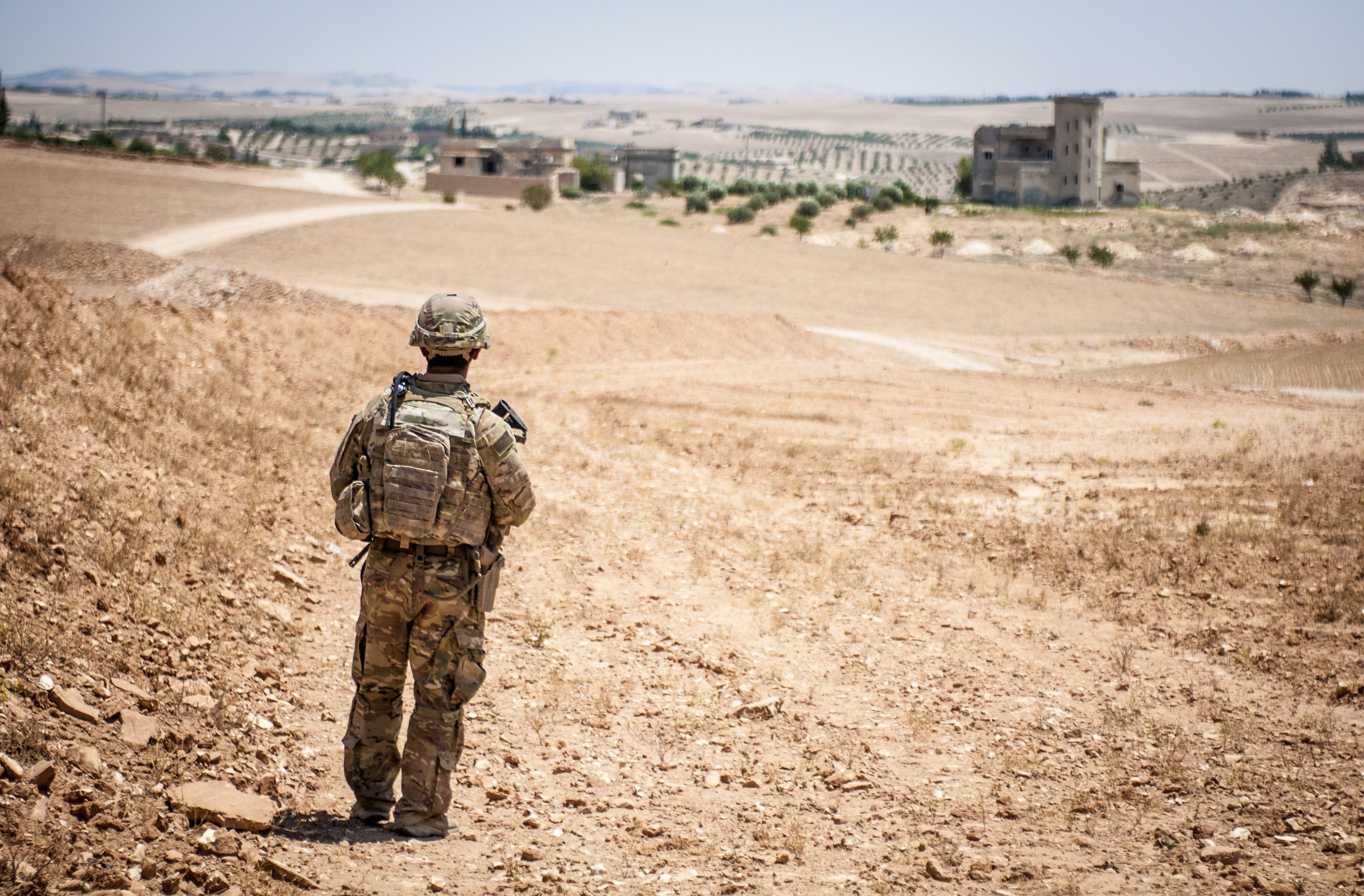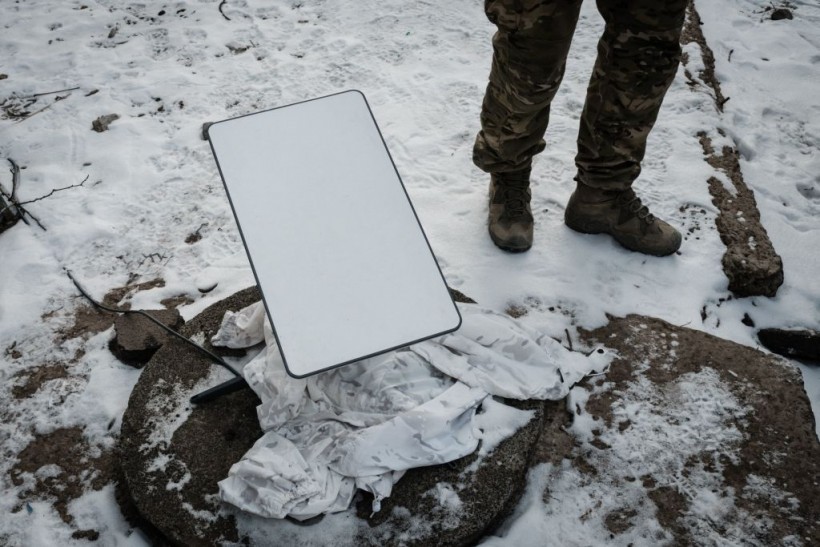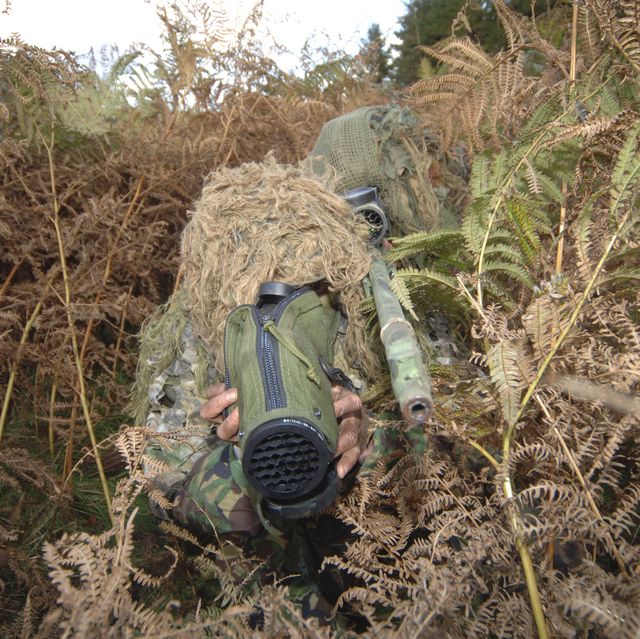Rathindra Kuruwita

Sri Lanka’s National People’s Power (NPP), a leftist coalition led by the Janatha Vimukthi Peramuna (JVP), recently visited India at the invitation of the Indian government. The visit is significant; it underscores the emergence of the NPP as a major political force in Sri Lanka, one that is being courted by major powers.
During its five-day official visit to India, which began on February 5, the NPP delegation held meetings with senior Indian officials, including External Affairs Minister S. Jaishankar and National Security Adviser Ajit Doval, toured key agricultural and industrial hubs, and visited key business giants like Tata Motors and the Indian multinational cooperative society, Amul. The delegation visited New Delhi, Ahmedabad, and Thiruvananthapuram.
Formed in 2015 with the JVP as its core, the NPP comprises around 28 political parties and workers unions, women’s organizations, etc., and is led by JVP chief, Anura Kumara Dissanayaka.
Since its formation, it has been considered by its political opponents as a fringe political alliance with no prospects of coming to power. The NPP performed poorly in the 2019 presidential election and the 2020 general election: its presidential candidate, Dissanayaka, secured just 3 percent of the votes, and it won just three seats in the Sri Lankan parliamentary election.
However, its political fortunes seem to be improving over the last couple of years.
Even its adversaries admit that the NPP has emerged as the most successful force in post-aragalaya (the powerful anti-government protests of 2022) Sri Lanka. A recent opinion poll conducted by the Institute for Health Policy (IHP) indicated that if elections were to be held now, the NPP would have a significant lead over the Samagi Jana Balawegaya (SJB), Sri Lanka’s main opposition party, in terms of voter preference.

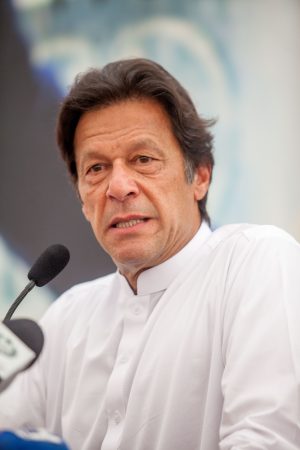

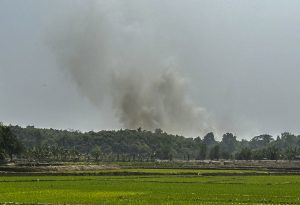



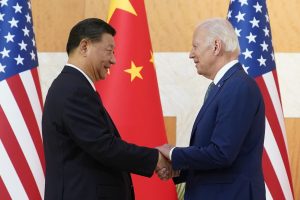
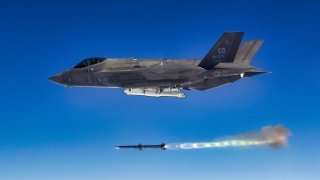
:quality(70)/cloudfront-us-east-1.images.arcpublishing.com/archetype/HPVFV4347ZDJRG3RNYWRG7TWHU.jpg)
